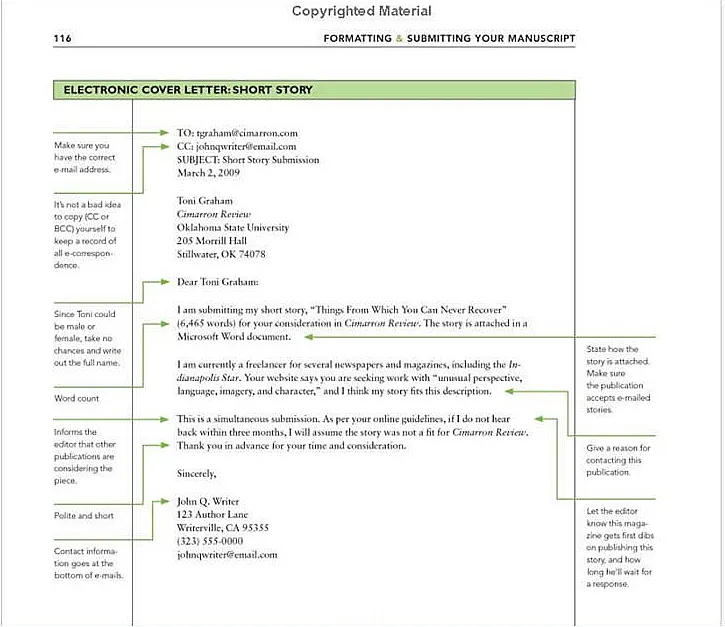Understand the Purpose of a Short Story Cover Letter
A short story cover letter is your first introduction to an editor or publisher. It’s a vital component of your submission package. Unlike a resume, which focuses on past experience, this letter aims to persuade the recipient to read your story. It serves as a bridge, connecting your work to the publication’s needs and showcasing your professionalism. It should not simply repeat the story’s plot but rather complement it, providing context and highlighting its unique selling points. Think of it as a sales pitch, but instead of selling a product, you’re selling your writing and the potential value it brings to the publication. A well-crafted letter increases your chances of acceptance, while a poorly written one can lead to immediate rejection, regardless of the story’s quality. Thus, it is important to spend time in writing the letter.
Address the Specifics of the Publication
Every publication has its own distinct style, audience, and submission guidelines. A generic cover letter, lacking personalization, signals a lack of interest in the specific publication. Editors can immediately tell if a cover letter has been mass-produced. Therefore, tailoring your letter demonstrates that you’ve researched the publication and understand its preferences. This attention to detail significantly increases your chances of making a positive first impression. This includes addressing the editor by name, if possible, and referencing specific pieces they have published that you admire. This shows you have a genuine interest in the publication and are not simply sending out a blanket submission.
Research the Publication
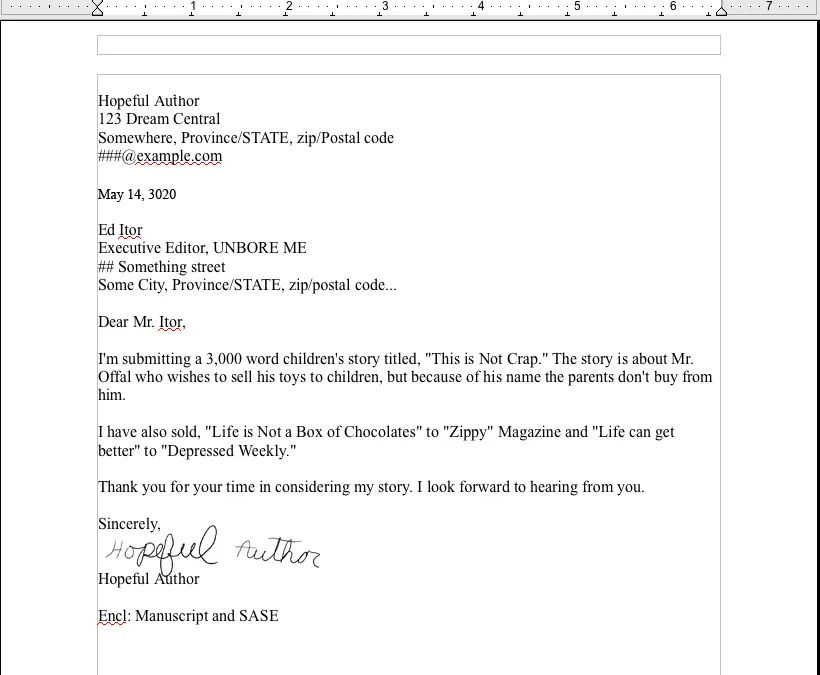
Before you even start writing, delve into the publication’s archives. Read recent issues or browse their website. Pay attention to the types of stories they publish, the tone they use, and the overall style. Identify the editor’s name and title (always double-check this). Also, check their submission guidelines carefully. Some publications have strict word counts or formatting requirements. Failing to adhere to these details is a quick path to rejection. Note down any specific preferences mentioned in the guidelines. If the publication favors a particular theme or genre, tailor your letter to highlight how your story aligns with these interests. This preliminary work is essential for making your submission stand out.
Tailor Your Letter
Once you’ve researched the publication, tailor your cover letter to reflect your findings. Address the editor by name and mention something specific you admire about their work or the publication itself. In your letter, briefly describe your story and connect it to the publication’s aesthetic. Show how your story complements their existing content. Avoid generic phrases. Instead, use language that resonates with the publication’s style. For example, if the publication is known for dark humor, you might highlight the satirical elements of your story. By customizing each cover letter, you prove that you value the publication and are not just sending out a generic submission.
Highlight Your Story
The core of your cover letter should focus on your story. This isn’t about retelling the plot; it’s about presenting it in a compelling way. The goal is to pique the editor’s interest and make them want to read your work. Avoid overwhelming the editor with details. Instead, provide a concise overview that captures the essence of your story. It is also important to highlight what makes your story unique, whether it’s the theme, the characters, or the writing style. Remember, the cover letter is a tool to entice, not to replace the story itself. This is where you sell the unique aspects of your story and why it is different than the others.
Provide a Compelling Summary
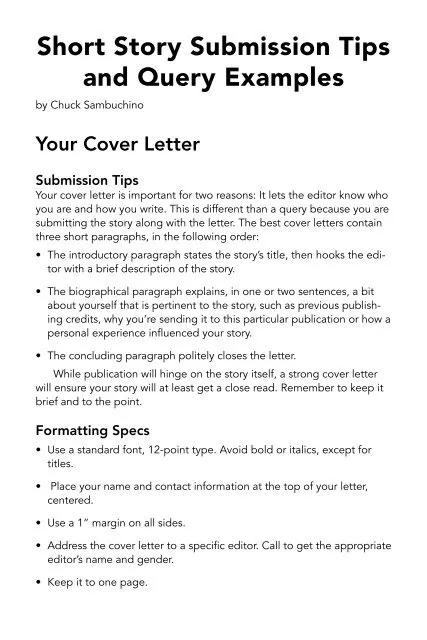
Your story summary should be brief, engaging, and leave the reader wanting more. Focus on the core conflict, the protagonist’s journey, and the overall tone of the story. Don’t give away the ending, but hint at the stakes involved. Use evocative language to create a vivid picture in the editor’s mind. For example, instead of writing “The story is about a detective,” try something like, “In a city shrouded in perpetual twilight, a weary detective unravels a conspiracy that threatens to consume everything he holds dear.” The goal is to convey the essence of your story without giving away all the details. Think of it as a carefully crafted logline that summarizes the heart of your story.
Emphasize Your Unique Selling Points
What makes your story stand out? Is it a unique perspective, an unusual setting, or a fresh take on a familiar theme? In your cover letter, highlight the elements that differentiate your story from others. Perhaps your story explores a seldom-discussed social issue, features a protagonist with a unique voice, or experiments with an innovative narrative structure. Let the editor know why your story is relevant and worth reading. This can be done by highlighting the story’s theme, or the unique plot. Doing so increases the chances of acceptance, so make sure you include the most unique selling points of your story.
Showcase Your Previous Publications
If you have prior publications, use this section to establish your credibility. Briefly mention where your work has appeared, including the names of the publications and any awards or recognition you have received. This is also a great way to show off your skills as a writer. The length of this section depends on your experience. If you are a seasoned writer with multiple publications, you may want to create a separate section for this information. If you are a newer writer with limited publications, it is best to keep it brief. This provides the editor with confidence in your writing capabilities. Even if you only have a few publications, it’s beneficial to mention them.
Mention Relevant Experience
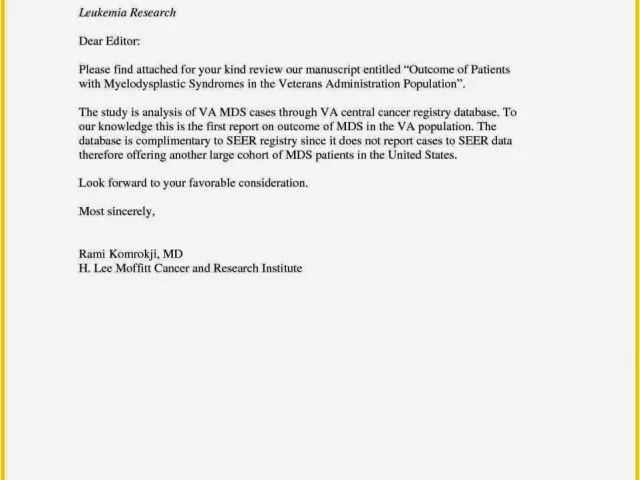
Beyond publications, any writing-related experience is a good thing to mention. This could include workshops, courses, writing groups, or other experiences that demonstrate your commitment to the craft. This will also help show how you honed your skills over time. If you’ve won writing contests, mention those as well. Tailor this section to the publication’s focus. If you are submitting to a literary journal, highlight experiences that reflect a deep understanding of literature. If you are submitting to a genre publication, mention experiences related to that genre. Even if you’re a beginner, highlighting any relevant experience can strengthen your cover letter.
Proofread and Polish Your Cover Letter
This is one of the most important aspects of the cover letter. A cover letter riddled with errors will undermine your credibility and increase your chances of rejection. It’s essential to ensure that your cover letter is free from grammatical errors, spelling mistakes, and typos. Errors can signal a lack of professionalism and attention to detail. This is the last opportunity to fix the letter before you submit it, so make sure to capitalize on it. Read through your cover letter multiple times, and use grammar checking tools, but don’t rely on them. You should also read your cover letter aloud, as this can help you catch awkward phrasing or errors that you might miss when reading silently.
Check for Grammatical Errors
Grammatical errors can instantly undermine your credibility. Make sure your sentences are structured correctly, that your verb tenses are consistent, and that you have used punctuation properly. Consider using grammar-checking software like Grammarly, but always review the suggestions carefully. Don’t rely on software alone; it’s a good idea to have a second pair of eyes to proofread your letter. Incorrect grammar is distracting and suggests that you are not a careful writer. The cover letter is just as important as your short story, and the editor will take it seriously. It is important to do the same for your own work.
Ensure Professional Formatting
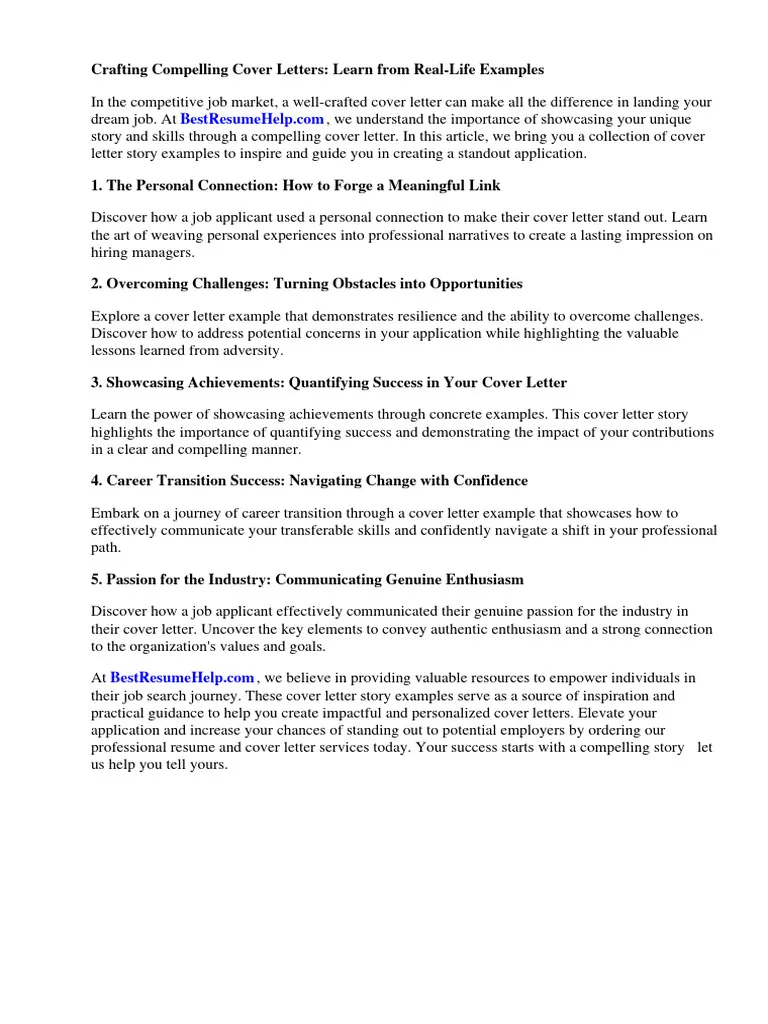
Formatting errors can be just as detrimental as grammatical errors. Adhere to standard business letter formatting: use a clear, readable font (Times New Roman or Arial are generally recommended), single-space within paragraphs, double-space between paragraphs, and use a professional font size (11 or 12 points). Make sure your name and contact information are included at the top of the letter. Always check the specific submission guidelines of the publication for formatting preferences. Ensure your name, the story title, and word count appear in the header or footer, as requested by the publication. A well-formatted cover letter shows you are professional and respectful of the editor’s time.
Closing and Submission
Conclude your cover letter with a polite and professional closing. Thank the editor for their time and consideration. Include a concise and clear call to action: “I look forward to your response” or “Thank you for considering my submission.” Then, include your contact information, including your email address and any relevant social media links (such as a website or Twitter handle). Carefully review the submission guidelines to make sure you are following the publication’s preferred method of submission (e.g., via email or an online submission portal). Make sure the file format of your story is correct, and that your story is attached correctly. By adhering to these steps, you can improve your chances of getting published.
